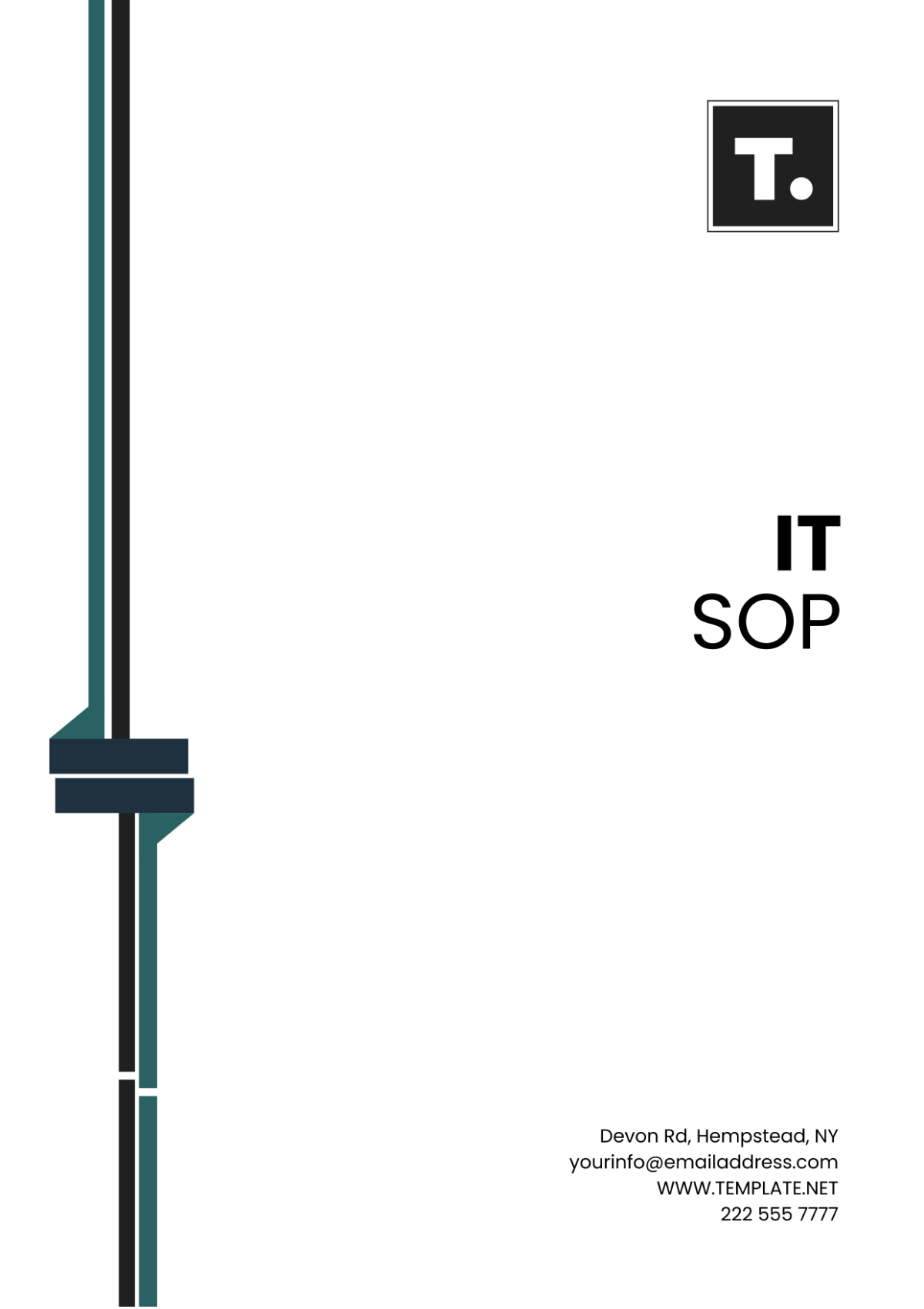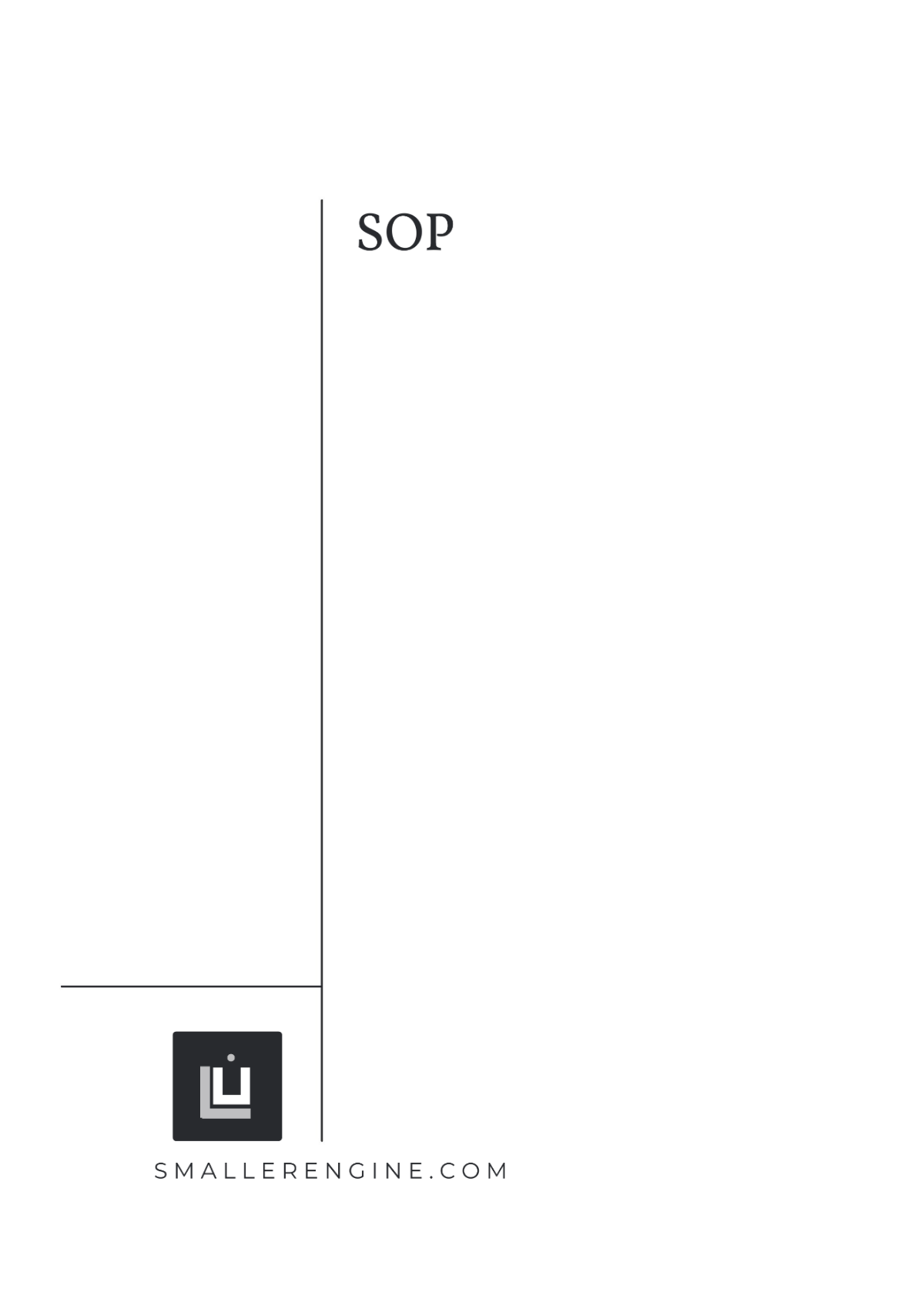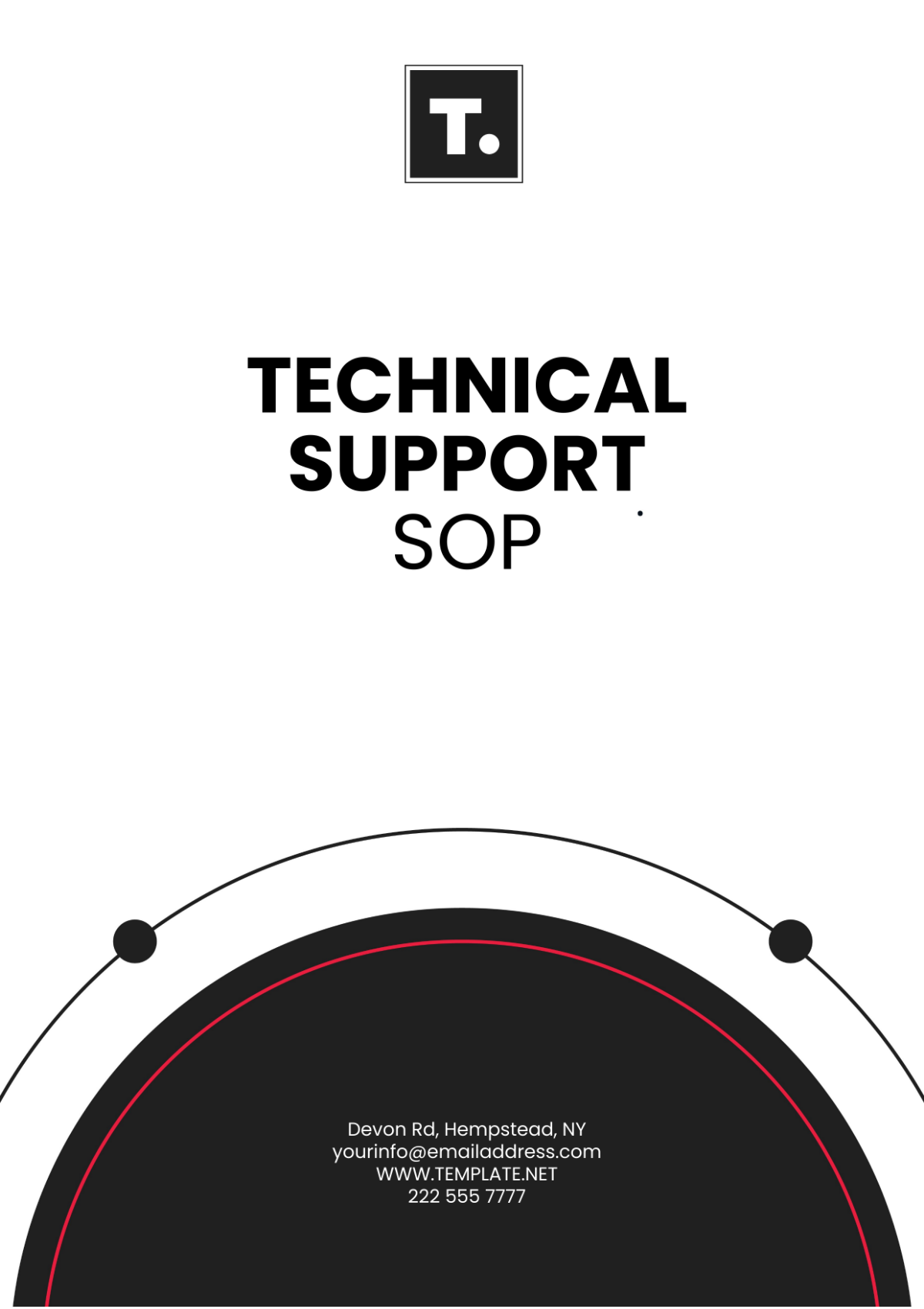Developing Standard Operating Procedure (SOP)
I. Introduction
I.I Purpose:
This SOP aims to standardize the process of developing new standard operating procedures within [YOUR COMPANY NAME]. It ensures consistency, clarity, and effectiveness in the creation of SOPs across different departments and functions.
I.II Scope:
This document applies to all employees involved in the development of SOPs within [YOUR COMPANY NAME].
I.III Applicability:
This SOP is mandatory for all relevant staff and departments within [YOUR COMPANY NAME] engaged in the creation and revision of standard operating procedures.
II. Preparation
II.I Define Objectives:
Identify Purpose: Clearly define the purpose and objectives of the SOP being developed. This includes specifying the process or operation to be documented and the intended outcomes.
Gather Requirements: Collect information on regulatory requirements, industry standards, best practices, and internal guidelines relevant to the SOP.
II.II Establish Team:
Select Team Members: Choose individuals with relevant expertise and experience to form a cross-functional team for SOP development.
Assign Roles: Define roles and responsibilities within the team, including a project lead, content experts, reviewers, and approvers.
III. Content Development
III.I Outline Structure:
Create Framework: Develop an outline or structure for the SOP, including sections, subsections, and any necessary headings.
Define Content: Determine the content to be included in each section, outlining procedures, instructions, guidelines, and references as applicable.
III.II Drafting:
Write Content: Write the initial draft of the SOP content based on the defined structure and content requirements.
Review and Refinement: Review the draft internally, seeking feedback from team members and stakeholders. Refine the content based on feedback received.
IV. Review and Approval
IV.I Internal Review:
Conduct Review: Circulate the draft SOP for internal review among relevant stakeholders, including team members, subject matter experts, and department heads.
Incorporate Feedback: Collect feedback from reviewers and incorporate necessary revisions to improve clarity, accuracy, and completeness.
IV.II Management Approval:
Seek Approval: Submit the finalized SOP draft for approval to management or designated authorities.
Obtain Sign-off: Obtain formal approval and sign-off from authorized personnel, acknowledging their acceptance and endorsement of the SOP.
V. Implementation and Training
V.I Communication:
Notify Stakeholders: Communicate the availability of the approved SOP to relevant stakeholders, ensuring awareness of its existence and importance.
Provide Access: Ensure that all employees who require access to the SOP have the necessary permissions to retrieve and reference it as needed.
V.II Training:
Training Program: Develop and deliver training sessions to familiarize employees with the content, purpose, and usage of the SOP.
Assessment: Assess employees' understanding and proficiency in applying the SOP through quizzes, evaluations, or practical demonstrations as appropriate.
VI. Maintenance and Revision
VI.I Regular Review:
Scheduled Review: Establish a schedule for periodic review and update of the SOP to ensure its continued relevance and effectiveness.
Identify Changes: Monitor changes in regulations, procedures, technologies, or organizational requirements that may necessitate updates to the SOP.
VI.II Revision Process:
Assessment of Changes: Assess the impact of identified changes on the existing SOP and determine the need for revision.
Revision and Approval: Revise the SOP as necessary, incorporating updates, additions, or modifications. Obtain approval for revised versions through the established approval process.
VII. Documentation and Records
VII.I SOP Documentation:
Version Control: Maintain a centralized repository for SOP documents, ensuring proper version control and document management practices.
Documentation of Changes: Document all changes made to the SOP, including revision history, changelog, and reasons for revisions.
VII.II Recordkeeping:
Retention of Records: Retain records related to SOP development, review, approval, and implementation under organizational policies and regulatory requirements.
Accessibility: Ensure that SOP documents and records are easily accessible to authorized personnel for reference, audit, or compliance purposes.

















































